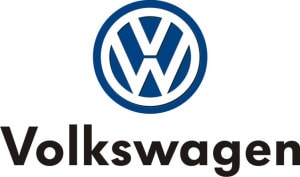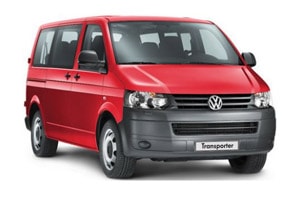
VW Bus Manuals PDF & Wiring Diagrams


Volkswagen Brand History
Some VW Bus Manuals PDF & Wiring Diagrams are above the page.
In 1937 the company "Volkswagen" was founded, which was to become a symbol of the new Germany. In the shortest possible time, a state-of-the-art plant was built in Wolfsburg, which was laid for the workers of the new enterprise. In 1938, army modifications of the car, called Volkswagen Type 82 and 85, were introduced. In general, the folk car formed the basis of the entire model range, taking the leading position in the automotive market of Germany, Austria and Holland, and the selling price of the base version was 1550 Reichsmarks. In addition, during the years of World War II, more than 30,000 amphibians were built at the factories of the Daimler concern on the basis of a national car, which were also designed by Ferdinand Porsche.
However, in 1945, after the overthrow of Hitler and the end of the war, Ferdinand Porsche was imprisoned, and the city of Wolfsburg was in the British zone of occupation, which led to significant changes in the management of the concern Volkswagen. However, until 1948, the British army managed to get for its own needs about 20 thousand copies of various modifications of the national car. In 1949, full control of the concern Volkswagen passed to the government of the Federal Republic of Germany, which was forced to start exporting the brand to other countries. Only in 1955 the model was called Volkswagen Beetle, and it began to be produced in the original, civil modification. In 1950, with investors' money from Holland, the engineers of the German brand started work on the creation of a full-size minivan called Volkswagen Bully. In 1953-1959, plants were assembled to assemble Volkswagen cars in Brazil, Australia, South Africa and Mexico.
By 1960, 9 new models of the Volkswagen brand were introduced, which were based on the Volkswagen Beetle platform. Thanks to the use of a proven base for years, new modifications were completely free of defects, which significantly reduced the cost of new cars, which only needed to replace the body and power unit for the particular needs of the target buyer.
By 2012, all cars of the Volkswagen concern have been modernized, and the total number of sales markets has reached 150. In addition, the company is actively investing in developing its business in China, the world's third largest car market.
In 2013, the Volkswagen e-Golf was launched - an electric version of the hatchback class "C". This is the most eco-friendly version in the history of the Golf model. The car is equipped with climate control with the possibility of heating and cooling in the parking lot, a multimedia system with navigation, heated windshield and LED head light. Volkswagen Golf GTE - front-drive hatchback class "C" with a hybrid power plant. The world premiere of the model took place at the Geneva Motor Show in March 2014. The Volkswagen Golf GTE is driven by a power plant consisting of a 150-horsepower turbocharged gasoline engine with a displacement of 1.4 liters and an electric motor with a capacity of 102 liters. from. In 2015, a restyling version of the Volkswagen Jetta Hybrid was released. This is a "C" class sedan with a hybrid power plant. The hybrid component left a certain imprint on the characteristics and design of Jett. The electromotor and accumulators have completely increased the mass of the car, so it was extremely important to optimize the aerodynamics of the sedan.
